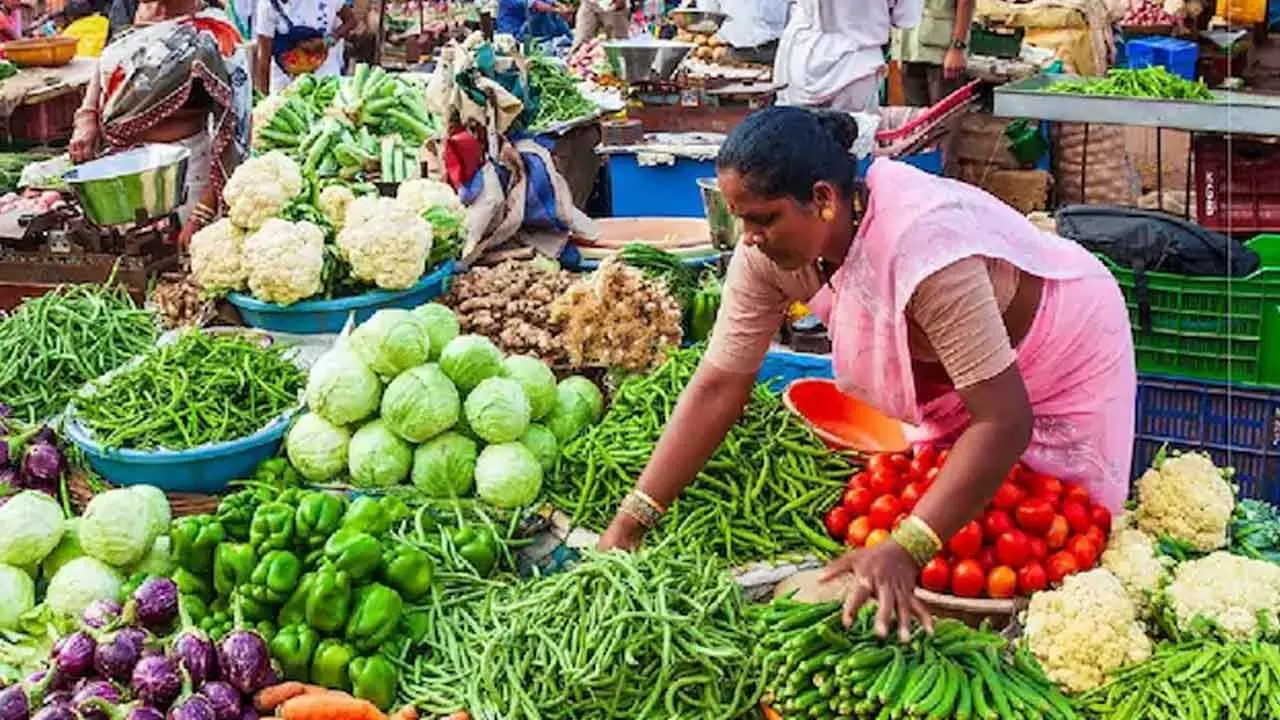Kumbh-Inspired Ease In Food Inflation Leads To CPI Inflation Moderation
Kumbh-Inspired Ease In Food Inflation Leads To CPI Inflation Moderation

The recently-released CPI inflation (YoY) print for February came as a bit of a surprise for many, although it will be welcomed by the bond markets. CPI cooled off further to a nine-month low of 3.6 per cent in February while month-on-month it fell by 52 bps in the month under review. This was the fourth consecutive drop registered by CPI. But Core CPI rose to four per cent as against the previous month’s 3.7 per cent. Yet, it is still at the RBI’s median four per cent target level. Experts think that the country’s CPI inflation moderated to a seven-month low of 3.6 per cent in Feb’25, thanks to easing in food inflation. A moderation in food prices has been the primary driver of the fall in CPI. After peaking out in October 2024 at 9.69 per cent (YoY), food & beverages CPI has been dropping sequentially. Going by a recent study by the SBI Economic Research Wing, food inflation was led by sliding vegetable CPI, slipping into negative territory to 1.07 per cent after 20 months, with nearly 80 per cent of such decline attributed to three vegetables (garlic, potato and tomato). Interestingly, the maximum decline has been in garlic, possibly reflecting the lower consumption of non-veg items during the Maha Kumbh phase.
However, the fruit component is still hovering higher (14.8 per cent) compared to last year’s corresponding period’s 4.8 per cent, and last financial year average of 5.5 per cent. Again, such an increase in fruit consumption might be attributed to Maha Kumbh possibly because of fasting. While overall inflation moderated, the core inflation crossed the four per cent mark after 14 months to 4.08 per cent. There is no doubt that the sharp drop in CPI is a welcome development, as it provides more leg room to the central bank MPC in monetary easing. RBI has pivoted in the February MPC meeting with a 25 bps rate cut and is now looking to revive growth of the economy. In the backdrop of tight monetary policy and high interest rates over the past couple of years as well as the prevailing global (geopolitical and trade) uncertainties, India’s GDP growth had collapsed from 9.5 per cent a year back (Q3FY24, YoY) to 5.6 per cent in Q2FY25, before recovering slightly to 6.2 per cent in Q3FY25.
RBI’s own GDP projection in FY25 and FY26 is around 6.6-6.7 per cent, which is much lower than the 9.2 per cent annual growth that the economy registered in FY24. On their part, analysts found it reassuring to see some flexibility being adopted by MPC in the February monetary policy by making its rate decision ‘forward-looking’ rather than waiting to achieve the intended four per cent headline CPI level. The banking system liquidity has been tight since December, and RBI has resorted to multiple tools (VRR auctions, OMO auctions and Fx swaps) to infuse near-term and durable liquidity into the money market and debt market. With a more benign inflation environment (CPI now below RBI’s four per cent target), and especially after the comforting January inflation print, one can expect a follow-though 25 bps rate cut in the April policy. However, experts expect the rate cut cycle to be shallow (total 50-75 bps), as the economy continues to be on a relatively strong footing. How it actually plays out remains to be seen.

